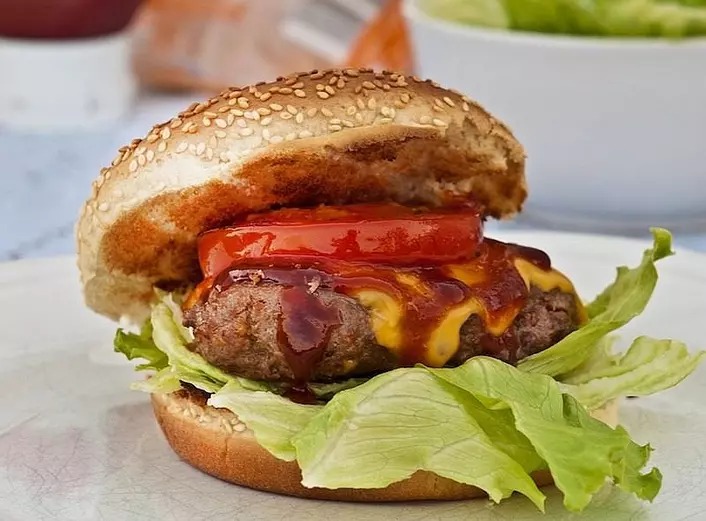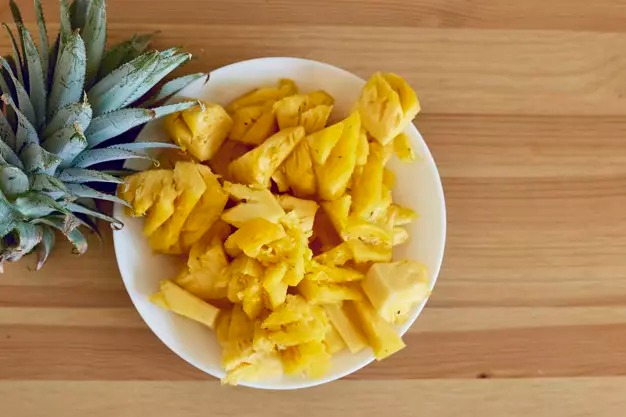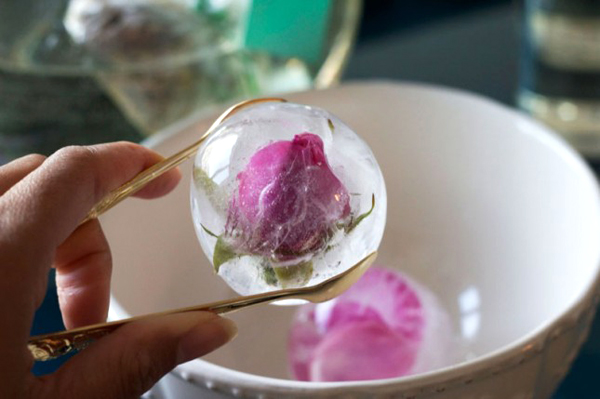When frying steak and tasting steak, different degrees of doneness, such as 3rd, 5th, or 7th, can be seen from the cross-section. We judge whether the steak is cooked, and we often observe the color and flow of the meat. It’s blood-red bloody juice, but you know what? Isn’t the rosy juice from undercooked steak what we think of as “blood water”? This “blood water” is not what you think! These red juices like blood water are not actually blood, but the color caused by the protein “myoglobin” and water in the beef muscle.
The juice from the steak is mainly red due to myoglobin rather than blood
The color of meat is mainly affected by two factors, one is the color of the pigment in the blood, and the other is the pigment in the muscle. Undercooked meat will show red juices, not the color of blood, but the production of myoglobin and water in the muscles. Because the hemoglobin in the blood vessels is lost through the bloodletting process after the animal is slaughtered and killed, the color of the meat is mainly affected by the myoglobin pigment present in the muscle . According to the American Meat Export Association, in well-bleeded muscle tissue, myoglobin is more abundant than heme and accounts for 80-90% of the total pigment in the muscle . Therefore, the source of the color of raw meat at this time is mostly influenced by myoglobin.
Myoglobin in muscle affects meat color, gravy changes
Myoglobin in muscles is a protein, also known as myoglobin, which is the source of pigment in muscles and also contains iron, which is responsible for assisting in the transport of oxygen to muscles . In the “raw” state after slaughter, myoglobin has a greater impact on meat color. When frying meat, the myoglobin in the meat will change color due to the effect of heating and aging. The “Meat Cooking Bible” points out that after the beef is heated, the protein is denatured, and the iron in the heme is oxidized, so the color of the meat will change. Taupe.
However, when the meat is still undercooked, the myoglobin in the muscle tissue will retain a darker red color, which is similar to the surrounding water and gravy. ”, in fact, the main reason is that the fusion of “myoglobin” and water shows a reddish color.
Does myoglobin content also affect the classification of red and white meat?
How else does myoglobin affect meat? According to the American Meat Export Association, the color of meat muscles is affected by the content of myoglobin pigment and its chemical state.
The content of myoglobin will be different due to animal species, age, activity status and muscle position, which will affect the color of meat . low, the flesh is whiter in color. Beef, lamb, and pork have more myoglobin and are classified as red meat in meat classification, while chicken and fish have low myoglobin and are classified as white meat. This is also the reason why the gravy from beef, etc. is reddish during the frying process, while the juice from chicken etc. is more transparent.
It turns out that I have always misunderstood that the undercooked steak is bleeding. After understanding the influence of myoglobin in meat, try to observe the changes in the beef when frying the steak! Don’t misunderstand the red juice that comes out of frying steak is blood.
▶ References
American Meat Export Association “Meat Cooking Bible” “Meat Bible” The Epoch Times – The red liquid oozing from the steak is not blood, what is it? Bloody medium-rare steak? In fact, the “blood water” of steak is not blood!




